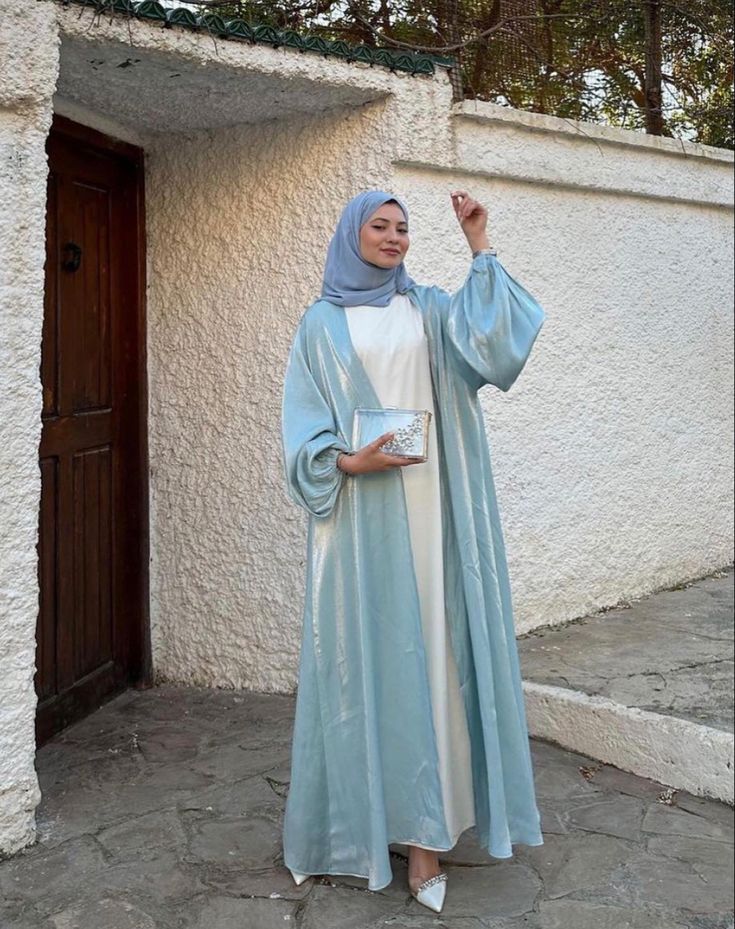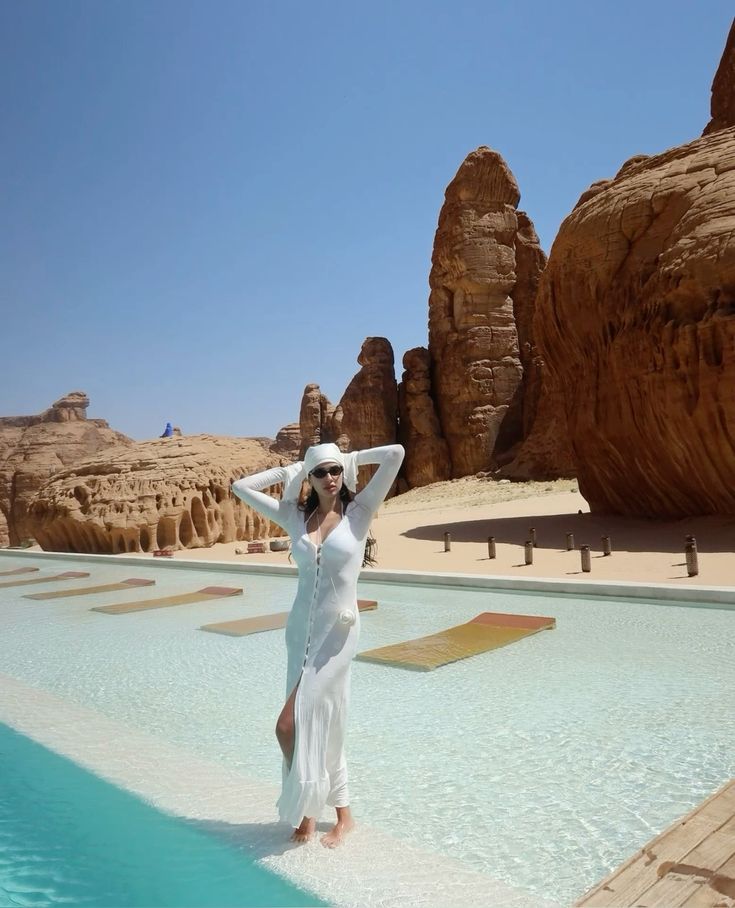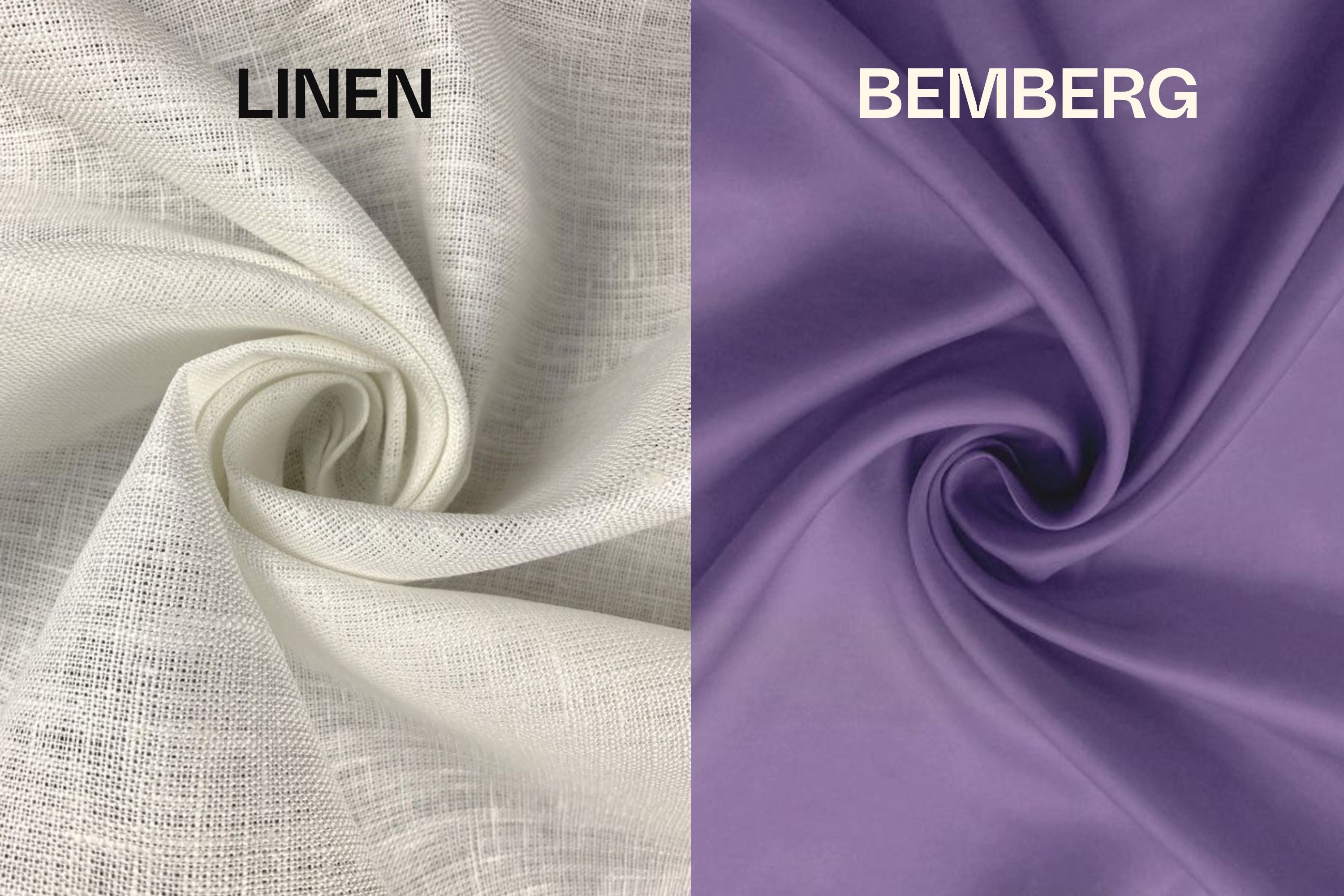The ‘Abaya’ has always been a perfect apparel choice for Saudi Arabian women. You know why? You should look how far it has come through the annals of time! If you simply look at each stage of its evolution, you will be filled with awe and admiration. It has become synonymous with modesty and a deep respect for the country’s rich tradition and cultural heritage.
This garment has undergone an impressive face-lift over time. Its innovative designs and fabric selection are making seminal style statements around the globe.
So, let us explore the abaya dress, about its fashion, design, and historical and cultural importance from ancient times to the present day.
Tradition, Purpose and Modern Adaptations: Abaya’s Rich Heritage
Many people around the globe still think that an abaya is purely an Islamic garment. But let me clarify something crucial! That’s not the complete picture. Here's the reason why:
The abaya was already surviving on the Saudi Arabian landscape long before the country embraced Islam as its religion. Before that time, women of high status, especially in the urban areas, used to wear abaya as a symbol of their social standing.
In an arid country like Saudi Arabia that witnesses extreme diurnal temperatures, the abaya comes as a protective sheath covering women from head to toe. It allows smooth air flow and ventilation throughout the day. Over time this garment took on religious significance, being worn as a dress of modesty, and especially to shield women from unwanted attention.
Today, the abaya is being extolled worldwide for its smart functionality blended with an ultra high fashion appeal.
The Unique Design and Enduring Charm of the Abaya:
- Abaya as truly functional Desert attire: The abaya has long stood as a powerful symbol of Saudi culture, religion, and tradition. Beyond its cultural significance, it offers unparalleled comfort for women amidst the harsh climate of the region. This garment is designed to be all-weather. It is incredibly versatile, providing women with exceptional flexibility to thrive in any working environment.
- Different from Other Islamic Clothing: The Abaya as its strong roots in Saudi culture and sets itself apart from other full-coverage Islamic garments such as the burqa or the chador.
- The Basic Design of an Abaya: The classic abaya is a baggy garment that generally comes either in full black or plain white. It is single apparel without additionally sewn parts. The hands are also not sewn separately. Many Saudi women today still prefer the classic abaya crafted from sustainable natural fibers, highlighting both style and sustainability. It comes in two classic styles:
- Covering the head, down to the feet: These are designed as a single piece of garment that doesn’t need an additional scarf to cover the head.
- From the shoulders down: This can be paired with a niqab, shyla, hijab, or a tarha. This makes the attire highly versatile in terms of fashion and styling.
Exploring Arab and Muslim Clothing
Full-body covering dresses: In case of women’s clothing, the Abaya predates the arrival of Islam in Saudi Arabia and differs from clothing styles in other Muslim nations. Other than the abaya, Arab women also wear ultra stylish Kaftans, which is traditionally Moroccan Muslim attire. You will most commonly find a black abaya and a black niqab among Saudi women.
Notably, Saudi women typically do not wear the burqa, which is more common in Afghanistan and Pakistan. It is important to note that the Islamic law (also called Sharia) does not force women to wear burqas. These are worn by women in some geographical locations around the world, either for the sake of modesty or for climatic reasons.
Veils for Women: Arab women may or may not wear a hijab, which is culturally accepted, while other Islamic countries often have stricter dress codes. The hijab has four main types: the niqab, covering the face except for the eyes, is common in Saudi Arabia; the shyla is popular in Gulf nations; Al-Amira, a two-piece hijab, is favored in Southeast Asia; and the khimar has declined in popularity.
Why do Arabs wear white dresses in different ways?
White robes and abayas are quite a common sight in Saudi Arabia. Both men and women have preference for white attire. They love to wear whites in different styles. The reasons for this trend are:
- Classy and Elegant: The whites are generally sported by elite class people who like to maintain an impeccable public or social appearance.
- Heat Reflection: Given the soaring day temperatures, the white dresses are ideal for people who spend a lot of time under the sun. Whites are specially worn by the Arab men.
- Islamic Preference for Purity: In Islam, white signifies purity of the soul. It is also the colour of truth and wealth.
Today, even when the lighter pastel shades are coming into fashion, the white abaya is still the most common preference of most Saudi Arabian women.
Evolution of the Abaya:
Historically, the abaya has evolved significantly; in pre-Islamic times, it was typically an open-front cloak that often revealed more than it concealed. Today, however, the abaya is acclaimed in contemporary fashion for its fine blend of modesty and elegance.
- A diverse selection of colors and materials: A striking transformation in the abaya is its vibrant array of colors, elevating it to a highly fashionable and sophisticated garment. Additionally, it comes in a variety of fabrics, enhancing its appeal even further. Natural fibers remain the top choice for sustainable fashion among Saudi women, but other notable fabrics making waves in the fashion scene include cotton, cellulose (viscose), linen, chiffon, silk, nida, and satin.
- The Ultra-Modern Abaya: While it once was just a plain, simple garment, today the abaya has evolved into a stylish and fashionable piece of clothing that reflects modern trends. From the “plain Jane” version to the bejeweled and stone-studded avatars, the abaya has really evolved over the years, not to mention the experimentation with the girth and fall of its flare. Many are designed to sport ruffled bottoms. Abayas with laces, embroidery, or Swarovski crystals are also not uncommon! As far as the shape of the abaya is concerned, there is a maxi style, a kaftan type, or a butterfly style.
- Continual Improvement in Design: All across the globe fashion designers have been working incessantly to ramp-up the garment and render an ultra-stylish look to it. They have also been experimenting with different fabrics to bring out the best versions of them. Who would have imagined that purely functional attire like an abaya could turn itself into a showstopper and turn heads of fashionistas around the globe?
Conclusion
Isn’t it surprising that the abayas have transcended eons without trespassing! It is still highly respectful Saudi attire, but now with elegance and high style.
For elegant, high-quality, and stylish abayas, you must check out various multi-brand online retailers and local garment manufacturers. Fabriclore is a one-stop leading fashion destination, favored by leading Indian and international designers. Our premium fabrics are garnered from renowned global brands and are created with special emphasis on the sustainability factor. You can simply drop in a message to us to access our internationally sourced, flawless, and high-quality fabrics. We offer customized solutions to fulfill all your fashion needs. We will be really happy to assist you in the selection or in the designing of your favorite style of abaya. So, contact us right away!






Leave a comment
This site is protected by hCaptcha and the hCaptcha Privacy Policy and Terms of Service apply.